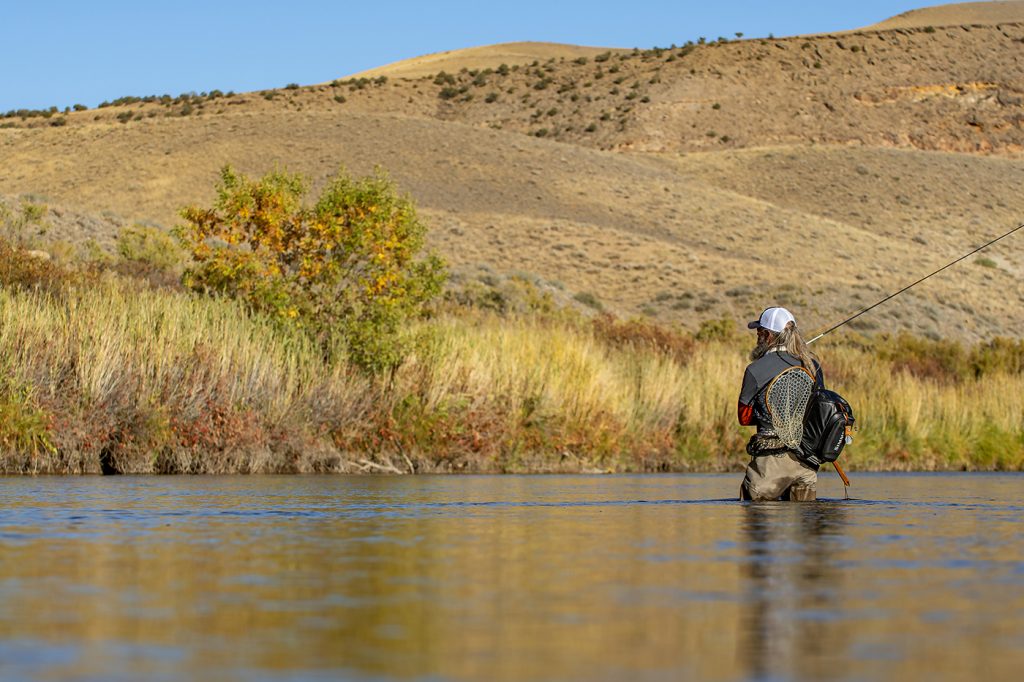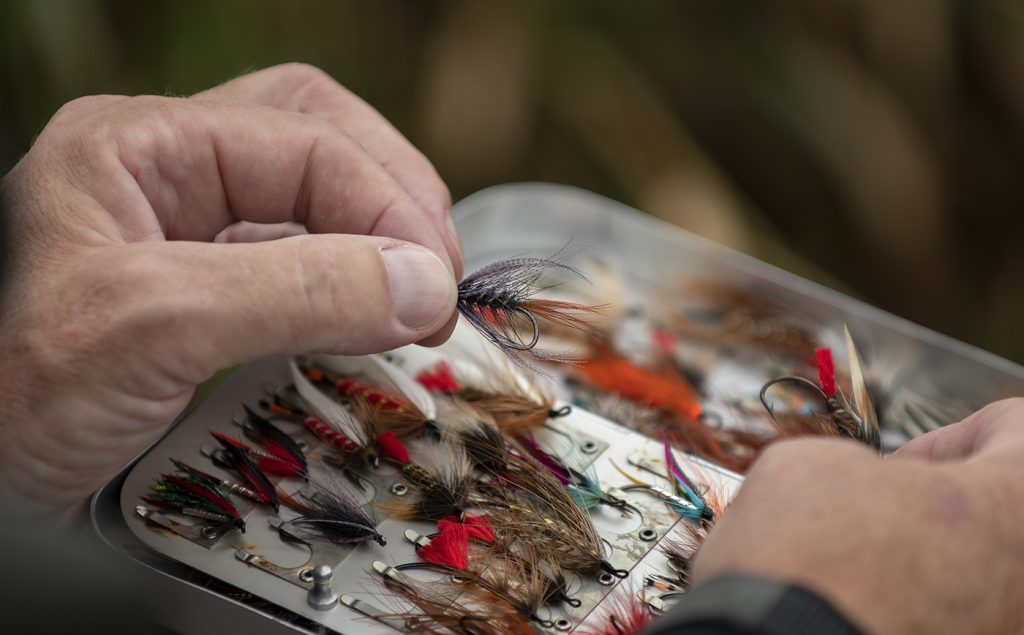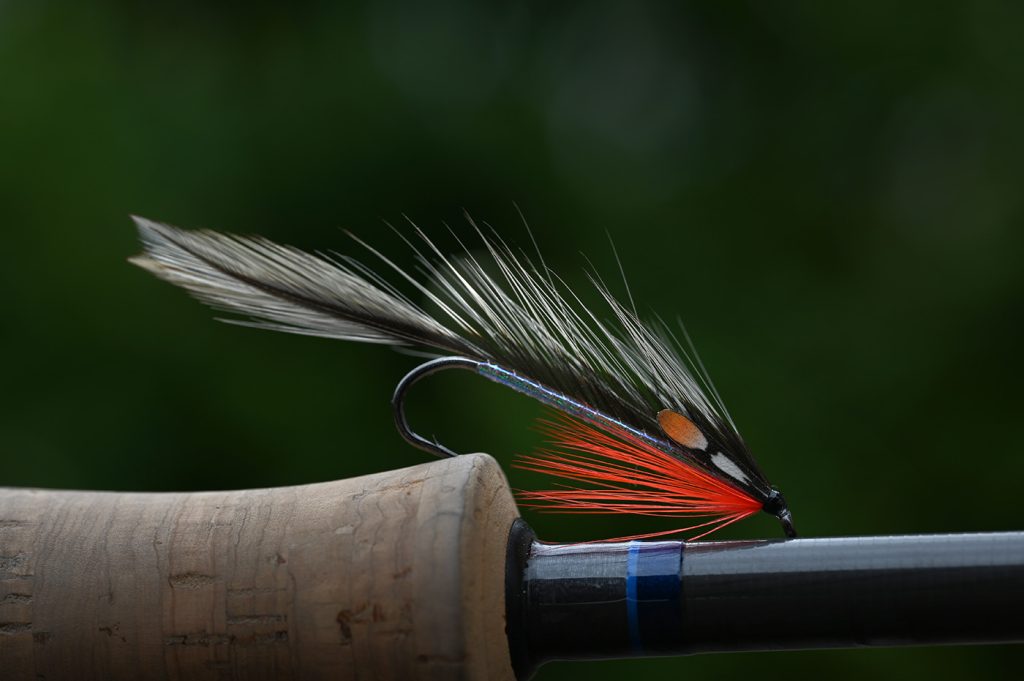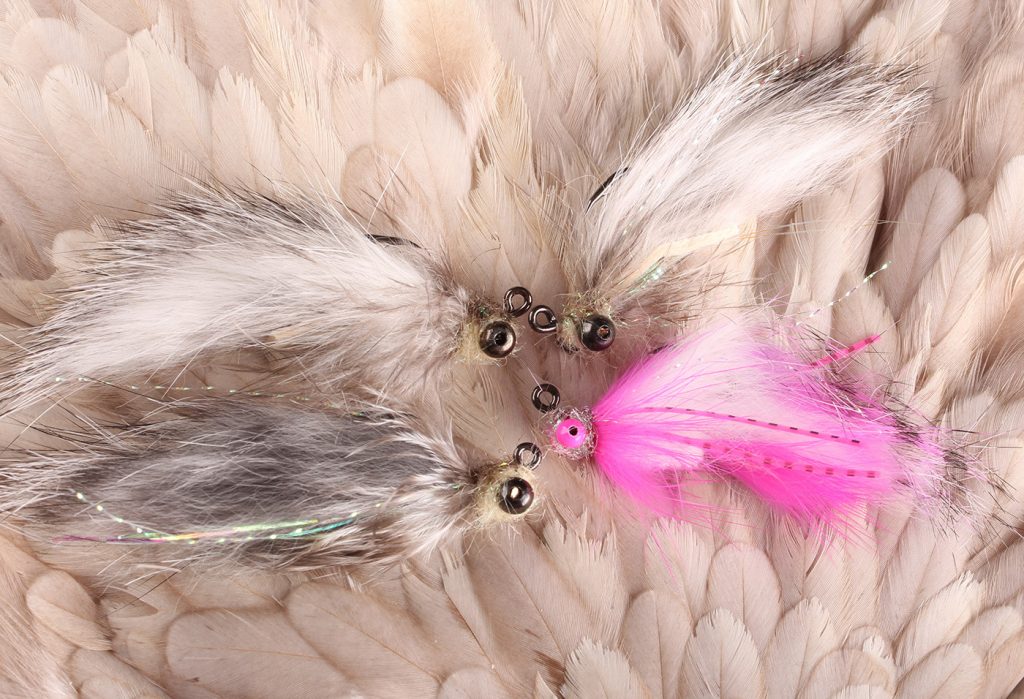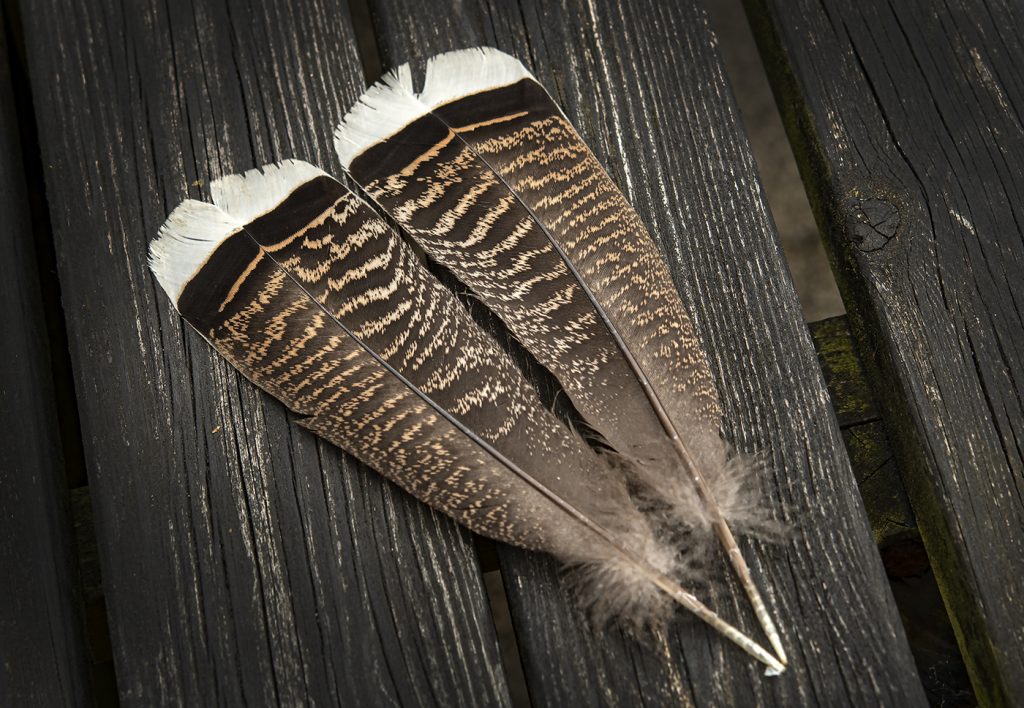
Today is the official release of our latest hook, FW 527 Big Gap Dry. You’re probably used to it by now, early autumn is time for new hooks in our lineup, just as the rest of the industry and trade traditionally present their new products. And we’ve got more than one coming, so keep your eyes peeled, if you’re curious.
Continue reading “FW 527 – Big Gap Dry”
